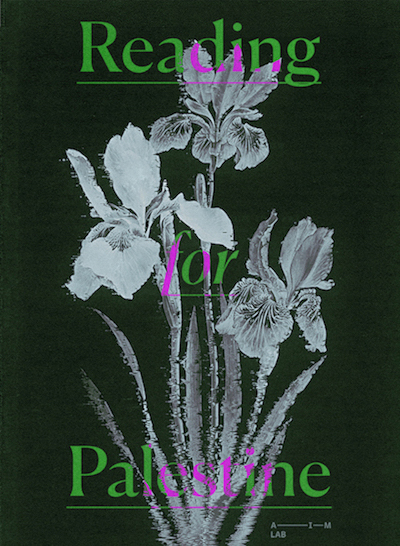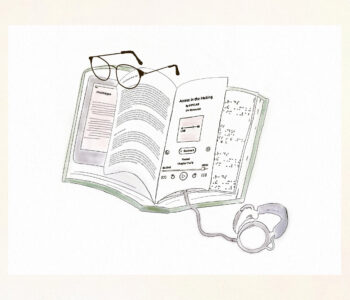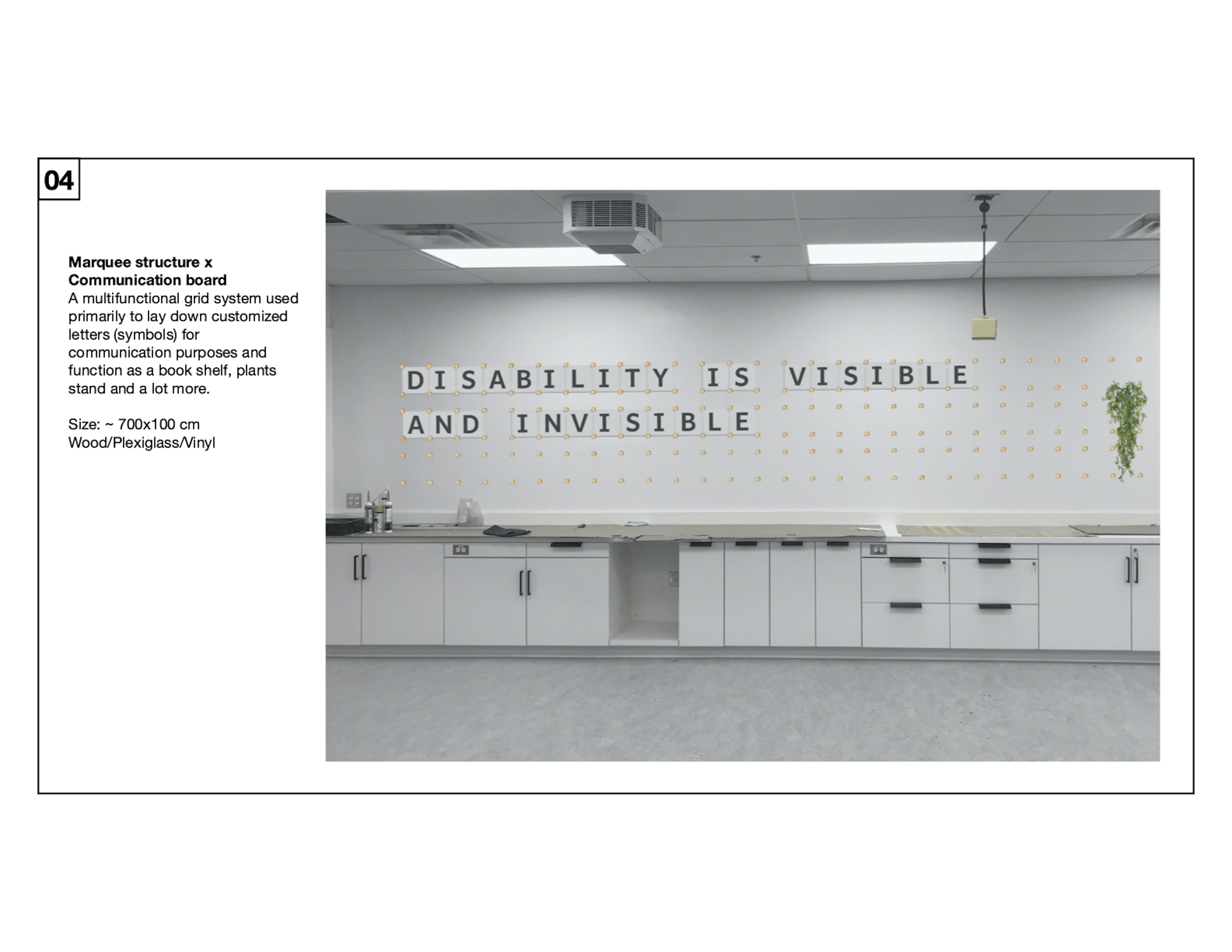past
current

A black-and-white image portrays a desolate wasteland strewn with discarded debris—mattresses, plastic containers, used tires, bricks, and torn fabric—spreading almost endlessly into the horizon at the border town of Ciudad Juarez, Mexico. At the forefront lies the skeletal remains of a white dog, its decayed form starkly juxtaposed against the surrounding refuse, serving as a poignant reminder of neglect and abandonment. The barren landscape, appears hostile yet saturated with the remnants of human consumption and construction debris, evokes a profound sense of desolation and environmental decay. The tonal contrasts amplify the somber mood, turning the scene into a visual statement on waste, mortality, and the fragility of existence at the industrialized border zone between El Paso, Texas, United States and Ciudad Juarez, Chihuahua, Mexico.

Event poster with neon colored green covering a large part, and neon-purple (lower part), overlayed a photo of multiple concrete buildings on a hill, overlooking a beach with teenagers standing and ready to swim. Neon red colored AIM Lab logo is in the middle. Neon purple text reads: “PHOTOBOOK DESIGN WORKSHOP SEP 24-26, 2-4 PM”. “A three-day workshop led by photobook designer Roi Saade who will guide participants in the process of making a photobook”. “Day 1: Into to phonebooks: Visual Narratives, case studies, book reviews”. “Day 2: Editing and Sequencing: Participant projects, image selection, group editing”, “Day 3: Zine Making: Final Sequencing, Layout Design, Zine Production”.

Event poster with neon colored green (on top) and purple (in the middle), overlayed a photo of multiple concrete buildings on a hill, overlooking a beach with teenagers standing and ready to swim. Neon red colored AIM Lab logo is in the middle. The text reads: “Ecologies of Access: Disability and Art in the Anthropocene”, Sep 24-27, 2024, “a four-day work-in-progress exhibition and event series exploring disability and access to land, water, air, and life at times of climate emergency”.

A poster in red, with a red-saturated photo of a young girl. In focus is her hands with both of her palms open towards the camera.

A lavender gradient background with bold green letters that read “Two Days OF Access in Contemporary Art” March 27th / 28th Free ASL available, In person & Online. In the centre there is a pointy spherical cut out revealing a photo of Nicholas standing in a field of wildflowers.

Poster for Reading for Palestine with Sawsan Faqqua (Iris haynei) – an endemic species to Palestine. Poster design by Roï Saade.

The project is a mixed-media sculpture that takes the form of what ressembles a terrarium. Enclosing the interior ecosystem is a transparent acrylic briefcase, complete with handle and gold-coloured metal latches. Inside the case, lives a world narrating my experiences living with chronic pain.


An illustration of a mutating flower with a pink centre and purple, pinkish and greenish leaves expanding outwards.

A group of people (dressed in summer clothes), sitting on plastic chairs, standing, and leaning on columns at the entrance of a house with pink walls. There are some clothes drying outside and some green trees.

This photograph is taken from Faloma Beach in Falcon Lake, Manitoba. A forest of pine and birch trees line the bottom of the photograph, and three partially hidden homes are noticeable amongst the tree trunks. A “water bomber” airplane is flying above the treeline and towards a large plume of grey smoke. The smoke rises high above the landscape, blending with the fluffy white clouds that stretch across a bright blue summer sky.

Illustration by Emery Vanderburgh of an open book comprising various alternative media in its pages including an e-reader, paper, audio, and braille.

A black and white image of an old school printer jammed with paper. The printer door is open and creased paper is flowing out.

A screenshot of AIM’s website, where its protocols are listed. On the side is the same image displayed on a phone screen.

A wide shot of the countertop and storage cupboards that stretches across the back wall of the AIM Lab. On the white wall is an animation of a pegboard that reads “Disability is Visible and Invisible”. A fern hangs down on the right side of the wall. The image is enclosed in a white boarder, to the right reads: “Marquee structure x Communication board. A multifunctional grid system used primarily to lay down customized letters (symbols) for communication purposes and function as a book shelf, plants stand and a lot more. Size ~ 700x 100cm Wood/Plexiglass/Vinyl”

An expanded version of AIM’s logo featuring gold lettering on a forest green background.

An image of the smoggy sky with a bit of blue popping out in the bottom left corner. In the center, the sun shines through as an ominous orange orb almost completely obscured smoke.

A screenshot of a map of Kanien’kehá:ka (Mohawk) territory in Southern Quebec. In lieu of colonial names, the map is covered almost entirely in pink to demarcate the traditional land that is Kanien’kehá:ka (Mohawk) territory. The map is from the website Native-Land.ca
(MDSSA) The Third Shift: El Tercer Turno

Anti-Colonial
Environmental Justice
MDSSA
Photobook Workshop

Access
MDSSA
research-Creation
Ecologies of Access

Environmental Justice
MDSSA
research-Creation
Film Screening: Vibrations from Gaza / Canada Park

Access
Anti-Colonial
collaboration
Land
Two Days of Access in Contemporary Art

Access
research-Creation
Reading for Palestine

Access
Anti-Colonial
Land
(MDSSA) Body Bags

MDSSA
research-Creation
Survival skills
(MDSSA) The Paradise Project

Anti-Colonial
Environmental Justice
MDSSA
research-Creation
(MDSSA) Dismantling societal stigma around disability

Environmental Justice
MDSSA
Mutation
research-Creation
Survival skills
(MDSSA) Filús Quilombo Documentary

Anti-Colonial
Environmental Justice
MDSSA
research-Creation
(MDSSA) Life of Fire

Environmental Justice
MDSSA
Wild fires
AIM Reads

citational politics
collaboration
Paper Jams (recurring event)

citational politics
collaboration
Protocol Writing

collaboration
AIM Lab Communication Board Design

Access
research-Creation
Air, river, sea, soil (online exhibition)

Access
Environmental Justice
Land
(MDSSA) Mobilizing disability survival skills

Access
Anthropocene
Environmental Justice
research-Creation
Survival skills
Anti-Colonial Reporting

AIM writes
Anti-Colonial